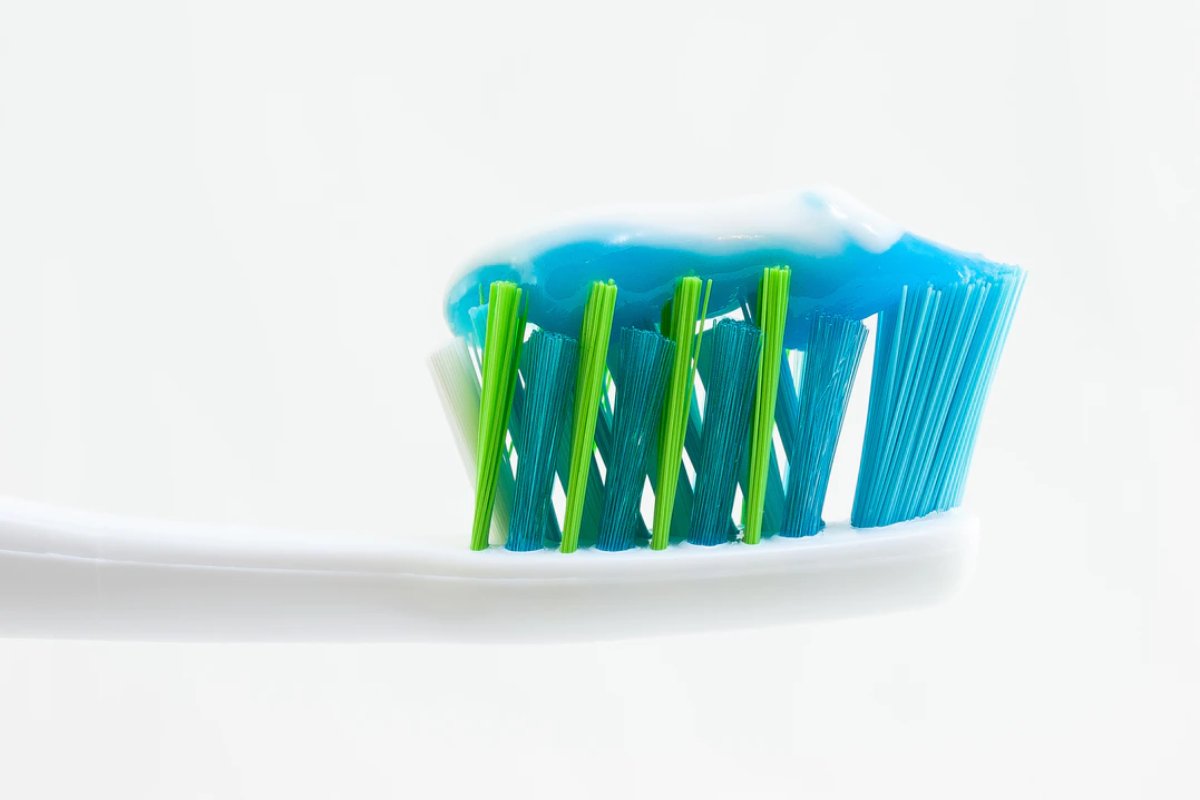Toothpaste Color Code Expose Its Ingredients
Over the years, many toothpaste color-coding claims have revealed its ingredients, but they turned out to be false.
Table of Contents
Origin
The Internet contains a lot of valuable information that helps people in their daily lives. But the Internet is also a center for spreading false information that can mislead people. Over the years, a series of videos and social media posts claiming that the toothpaste’s color code reveals the ingredients it contains have circulated the Internet.
The green label on toothpaste reportedly means that the manufacturer uses all-natural ingredients to make it. The blue color code means it’s a mixture of drugs and natural ingredients, the red label for natural and chemical ingredients. Finally, the black label on the toothpaste should only contain chemical ingredients. These messages also urge people to avoid consuming red and black color-coded toothpaste, as they can be harmful. The color codes on the toothpaste don’t mean what they are said to.
Toothpaste Color Code: Why Do They Exist?
The colored frame at the end of the toothpaste tube has nothing to do with the ingredients. This is a small mark that is made during the production of a product. Light beam sensors can read the markings on the toothpaste tube that notify packaging machines where the tube needs to be cut, bent, and finally secured. These signs come in various colors to match different types of packaging or different sensors and machines.
The ingredients in a tube of toothpaste usually found on the packaging or on the tube itself. It is typically made up of stationary ingredients, including abrasives for brushing your teeth, fragrances, moisturizers to soften it, and detergents that tend to foam. Humectants such as glycerin, xylitol, and sorbitol are used to prevent the paste from hardening. Abrasives like calcium carbonate and silica help remove food debris and polish teeth, while flavors like peppermint, peppermint, anise, gum, or cinnamon can help fight bad breath. . Additionally, binders such as carboxymethylcellulose, carrageenan, or xanthan gum can also found in [toothpaste] to prevent delamination.

